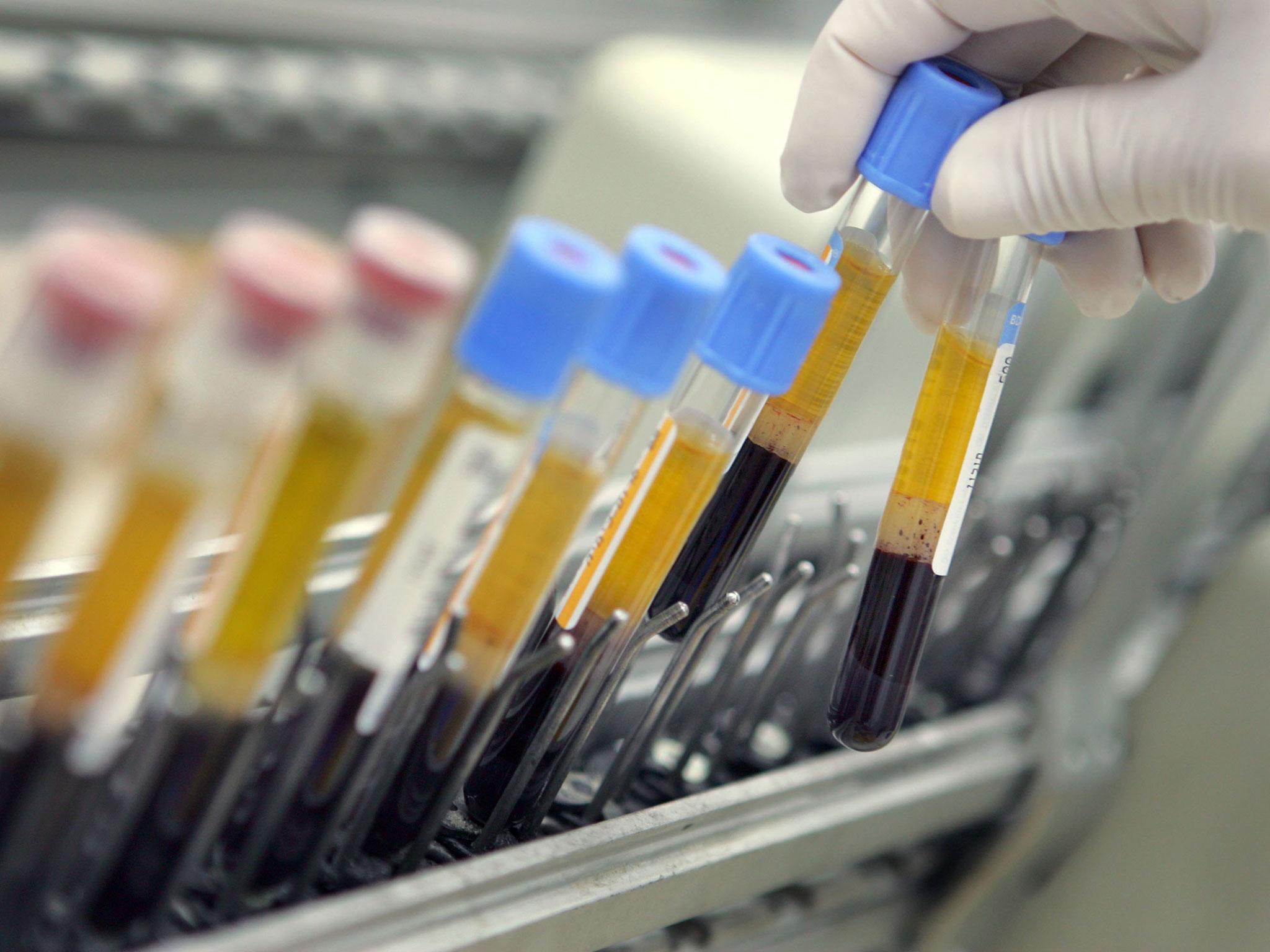Indian teenager develops technique to detect silent heart attacks
Akash Manoj discovers method of analysing a specific protein in the blood that determines if patient is at risk

Your support helps us to tell the story
From reproductive rights to climate change to Big Tech, The Independent is on the ground when the story is developing. Whether it's investigating the financials of Elon Musk's pro-Trump PAC or producing our latest documentary, 'The A Word', which shines a light on the American women fighting for reproductive rights, we know how important it is to parse out the facts from the messaging.
At such a critical moment in US history, we need reporters on the ground. Your donation allows us to keep sending journalists to speak to both sides of the story.
The Independent is trusted by Americans across the entire political spectrum. And unlike many other quality news outlets, we choose not to lock Americans out of our reporting and analysis with paywalls. We believe quality journalism should be available to everyone, paid for by those who can afford it.
Your support makes all the difference.A teenager has developed a technique to detect so-called "silent" heart attacks.
Akash Manoj, who is thought to be 15 or 16 years old, is a student in Tamil Nadu and discovered a method of analysing a specific protein in the blood that can determine if a patient is at risk.
The schoolboy said he was inspired after his grandfather suffered a heart attack and it is thought the advance could save many lives.
"Silent heart attacks are extremely deadly and alarmingly common these days. In these cases, almost no symptoms are evident and thus people look so healthy to us," Akash told the India Times.
"My grandfather also looked healthy but one day he collapsed following a sudden heart attack."
The technique involves analysing the presence of a protein, FABP3, in the blood, without puncturing the skin.
As FAB3 has a negative charge it attracts to positive charges, a property Akash utilised in the detection process.
UV light is passed through the skin and a sensor detects the amount of protein present.
Akash has been honoured for his discovery and has been invited to partake in the "Innovation Scholars In-Residence Programme".
Join our commenting forum
Join thought-provoking conversations, follow other Independent readers and see their replies
Comments